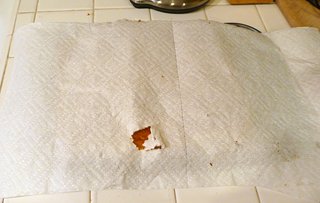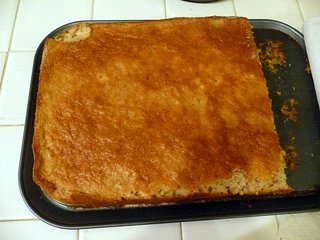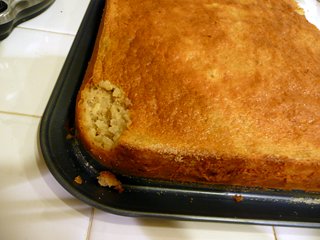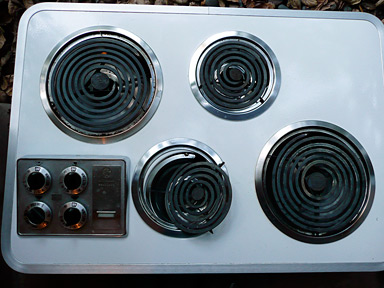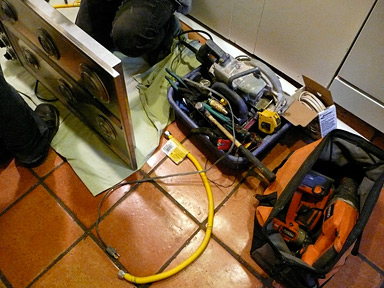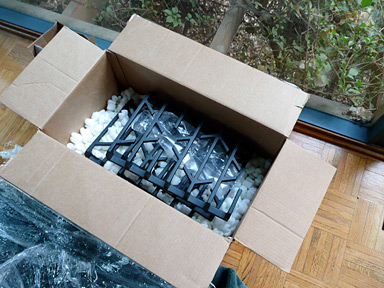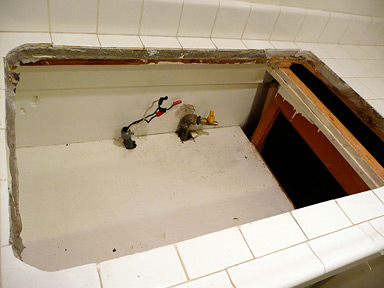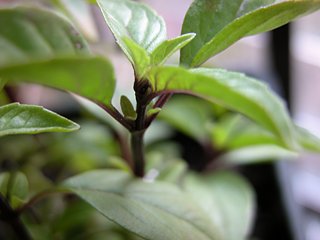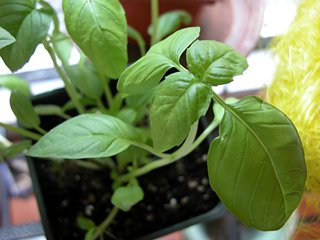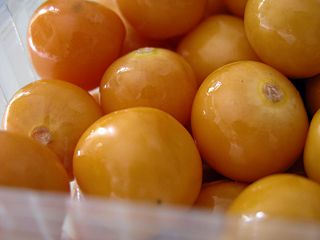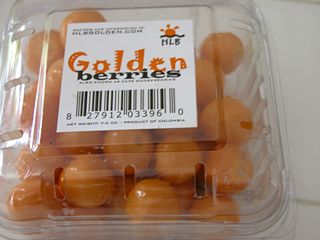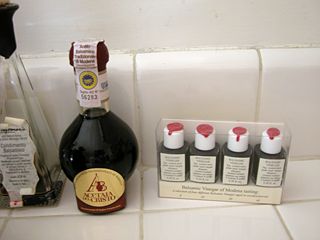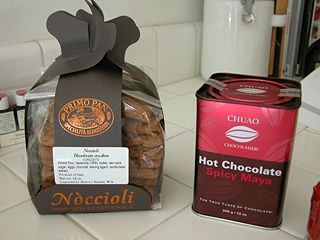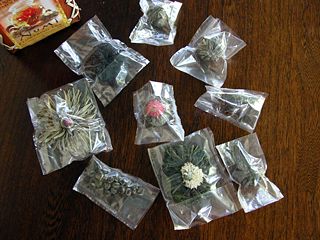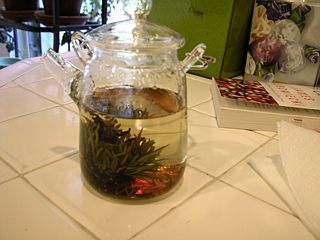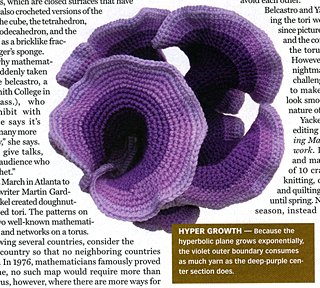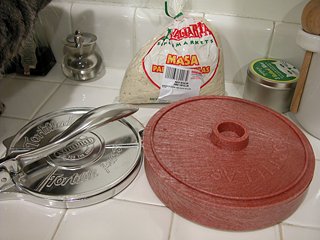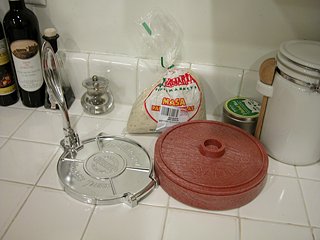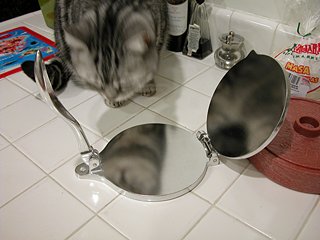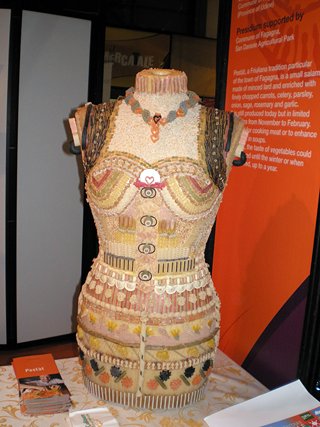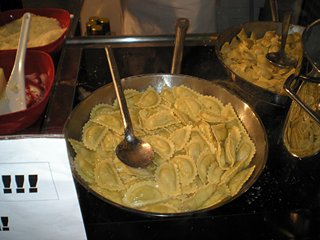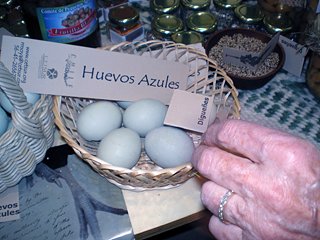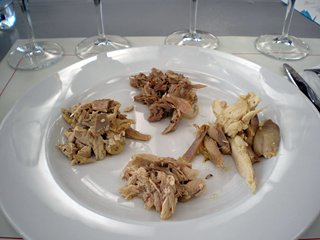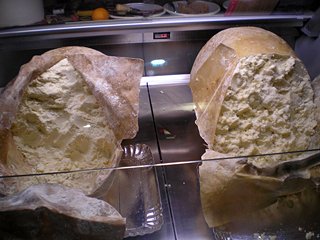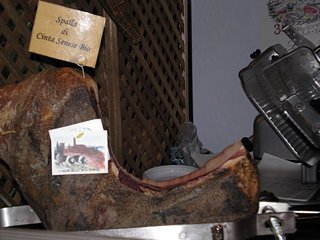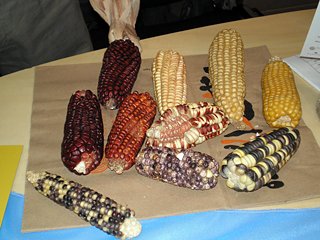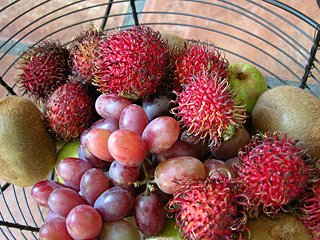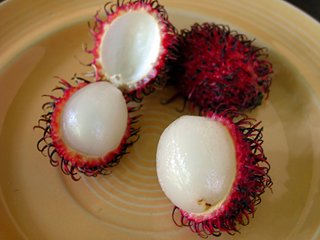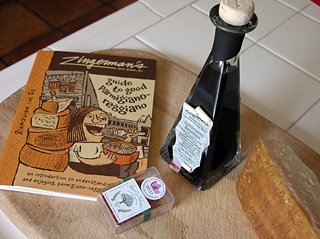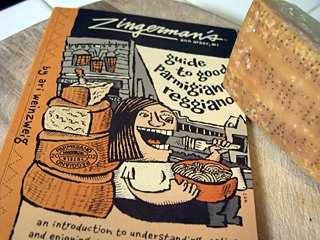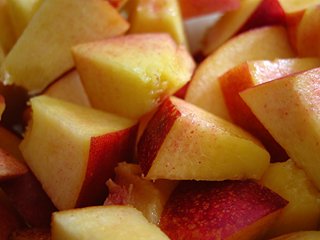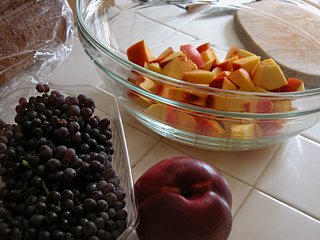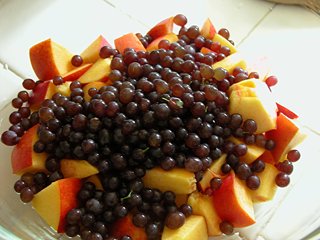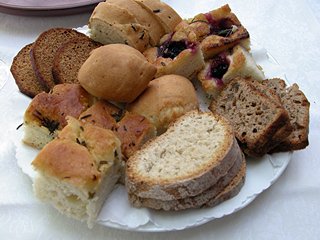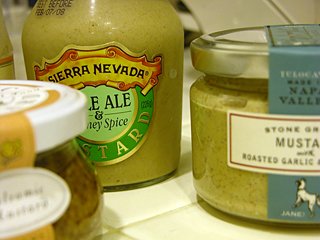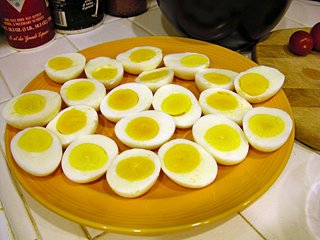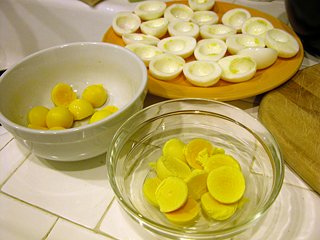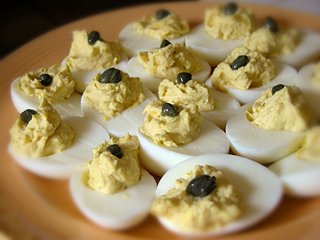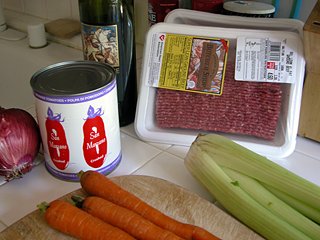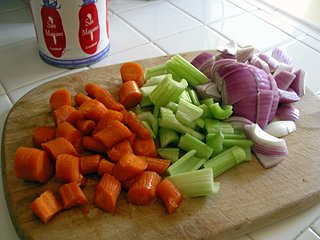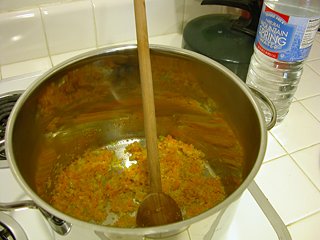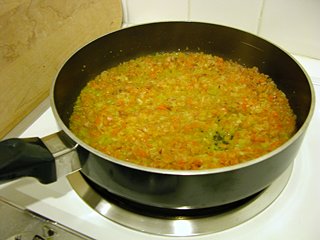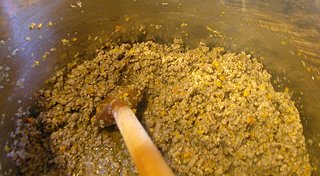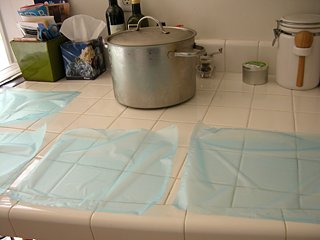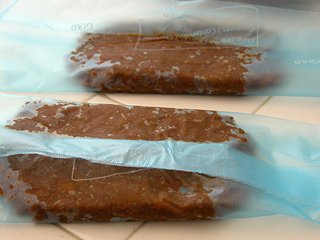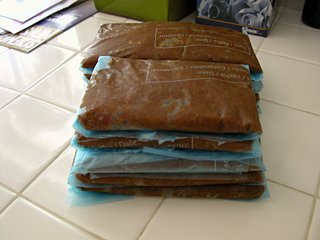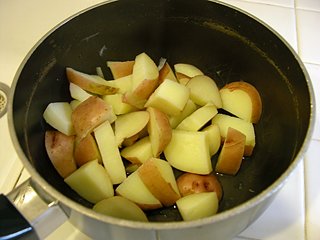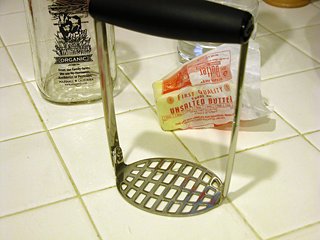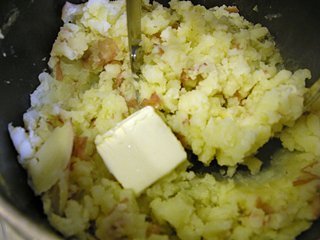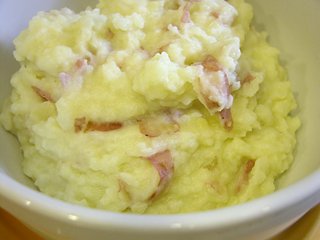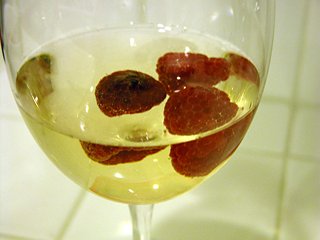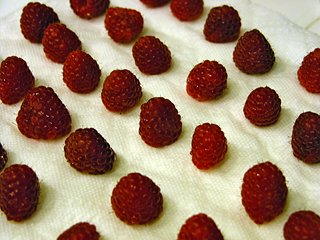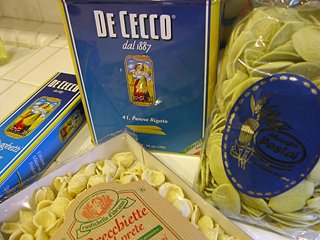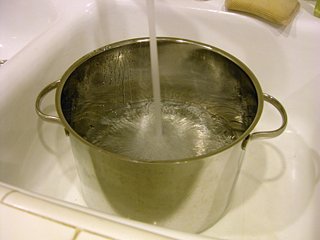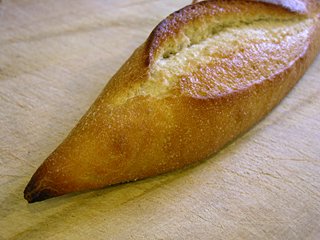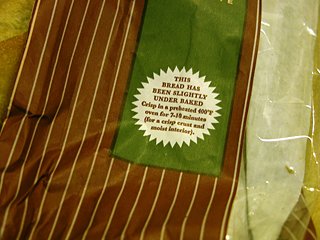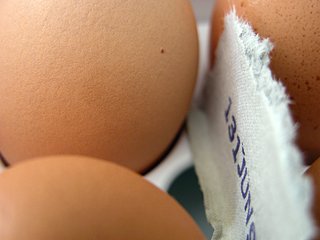 This is the torta di riso inspired by my friend Giorgio's mom: signora Vittoria. Grazie, Vittoria! It's really mostly her recipe with just a couple of modifications.
This is the torta di riso inspired by my friend Giorgio's mom: signora Vittoria. Grazie, Vittoria! It's really mostly her recipe with just a couple of modifications.
Not the best picture, but the torta is yummy, that is if you like the Italian kind of homemade, rather rustic cakes. For my American friends, a word of advice. Italian desserts have a considerably lower amount of sugar than what you are used to, but please, don't give in to the temptation to up the dose. We eat most of our desserts outside of meals and in Romagna we often do so with a glass of wine. I know… you'll probably go for coffee or tea; I'm just giving you the background. But enough with the chit-chat.
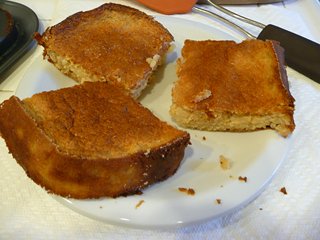
What you'll need
Ingredients
— 300 gr Arborio rice
— 3/4 liter whole milk
— 3 eggs
— 250 gr sugar
— a few amaretti
— 2-3 tbs of Grand Marnier
— 1 lemon
— salt
— 2-3 tbs of ricotta fresca (optional)
For the pan
— butter
— flour or bread crumbs
Tools + Props
— rectangular "springform" pan (mine is 13.5" x 9.5")
— 2 wooden spoons (used only for desserts)
— mixing bowls
— whisk (to beat the egg whites)
— meat tenderizer (to crush the amaretti)
— zester (for the lemon)
— scale (to measure/convert weights)
— toothpicks (to test for doneness)
— timer
Substitutions
Baking pan: I encourage you to experiment with different pan shapes and sizes. I tried two circular forms, first, and liked the rectangular one best for this cake.
Rice: Vittoria's original recipe called for Roma rice, but I couldn't find it and Arborio has always worked well for me. It's the same kind used for risotto.
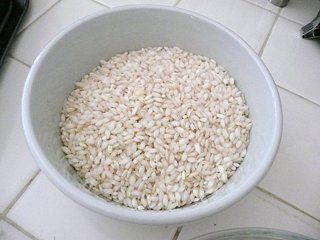
Sugar: I tried a few kinds and liked raw cane sugar best for texture and color. It makes mixing the eggs and sugar a little less smooth, but this is a rustic cake after all. Go wild!
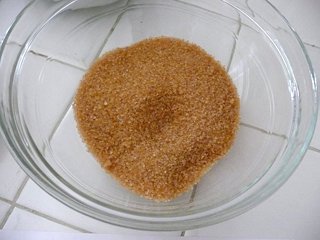
Liquor: Pretty much anything goes, in fact I am going to try rhum next time.
Ricotta fresca means the soft, moist, expiring-soon kind of ricotta, not the brittle tasteless brick with a two-month expiration date you are likely to find at the supermarket. Sorry folks, can't help you with sourcing the real thing as I'm having trouble with that myself. To give you a hint, even if you find a ricotta packed in water, check the ingredients. If it contains vinegar, it's ain't real ricotta. And one last thing, the best ricotta is made with sheep milk. Just saying…
Directions
Turn on the oven at 350 F (about 180 C) and prepare your ingredients.
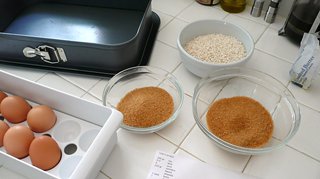
Boil the rice in salted water for about 3 minutes. In the meantime, zest the lemon and start measuring the ingredients.
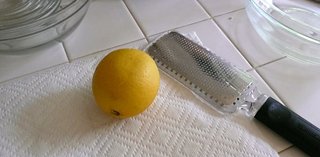
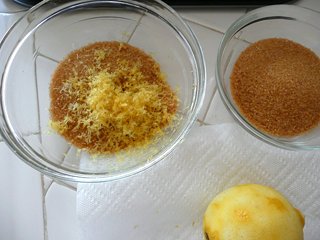
Strain the rice and put it back in the pot with the lemon zest, half the sugar and enough milk to cover the rice. Set the timer for 15 minutes. Make sure the rice boils gently, mix it often and add milk gradually.
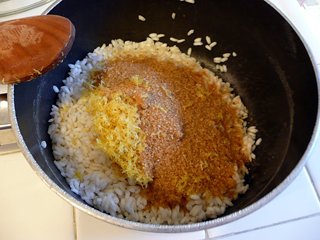

While the rice is cooking, butter up your pan and coat evenly with flour or bread crumbs. For this cake I use semolina flour, because it adds to the rustic feel.

When the rice is cooked, set it aside to cool down. If it seems too hard, add some milk and mix gently.
Separate the egg whites from the yolks and place in different bowls. (Vittoria's recipe didn't call for beating the whites, but I like the result better this way. You decide.) Crush the amaretti (Italian biscotti/cookies) with the meat tenderizer. I like to crush them well, but leaving enough variation in granularity to add textural diversity to the cake.
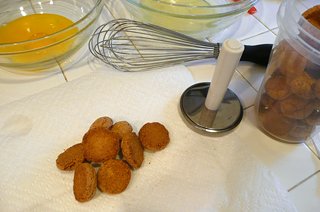
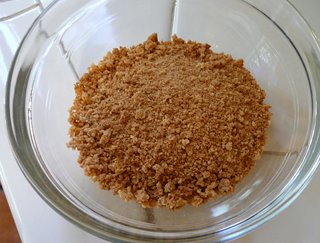
Mix the yolks with the second batch of sugar, add the crushed amaretti and a couple of tbs of liquor. I'm rather liberal with my alcohol and go for three tbs. :)
If you have some good ricotta lying around (see note about ricotta under "Substitutions"), add a couple of tbs for softness.
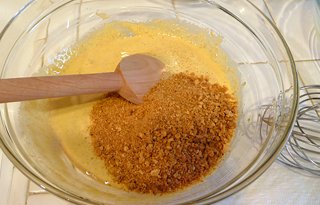
When the rice is lukewarm, add to the mixture. Now add a pinch of salt to the egg whites and beat some sense into them (good when you have anger issues or you've just come back from 2+ hours in crazy LA freeway traffic), then gently fold the whisked whites into the mixture.
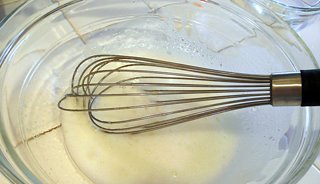

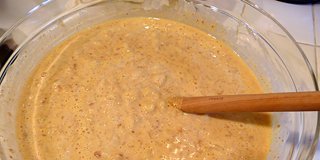
Pour into the baking pan and put in the oven.

Cooking times will vary depending on your oven. I run my first toothpick test after 45 minutes and the cake is usually ready after 45-50 minutes.
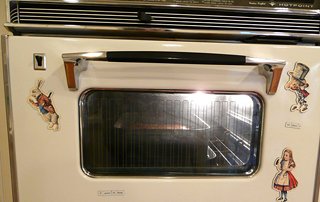
Let it cool off for a couple of hours at least. Torta di riso is good for a few days. I wrap it in foil and keep in the fridge.
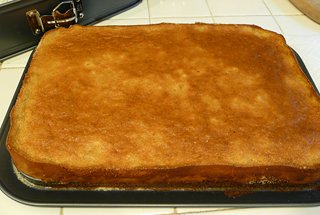
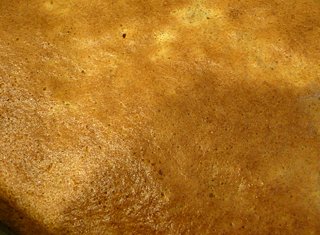
I hope you like it!



